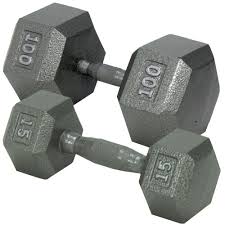 How to Resistance Train
How to Resistance Train
Because of the pros and cons of training for muscle mass vs. training for activities of daily life, we must use them both in order to achieve the most benefit. Since the concept of training for muscle mass is typically more familiar to most individuals, we’ll use that as our starting point.
However, I need to point out that this writing is almost entirely conceptual. I’ll make other resources later that explain further how to actually apply these concepts.
Training for muscle mass
Since this book is directed towards the general population, and the general population mainly desires a form of bodybuilding (which is gaining muscle, losing fat, or both), we’ll focus on the concept of bodybuilding rather than using these same exercises for the purpose of strength or power.
According to the NSCA, hypertrophy(muscle growth) is stimulated by using 8-12 repetitions with a 30-90 second rest period between 3-6 sets. However, the key in exercise selection is that the exercises must be stabilized in order to work only a specific group of muscles rather than the full-body.
In the name of simplicity, we’ll divide the muscle-groups into three major functions. First, the upper body push. Second, the upper body pull. Third, the legs push. The legs don’t pull because most of us haven’t figured out how to pick up that barbell using our toes yet.
Upper-body pushing includes anything that involves moving an object farther away from you. It doesn’t matter if that object is a barbell, dumbbell, or resistance band. As long as you are stabilizing your body and putting yourself in the strongest position to move the resistance, then you are training the upper-body pushing muscles for muscle growth. Continue reading →




